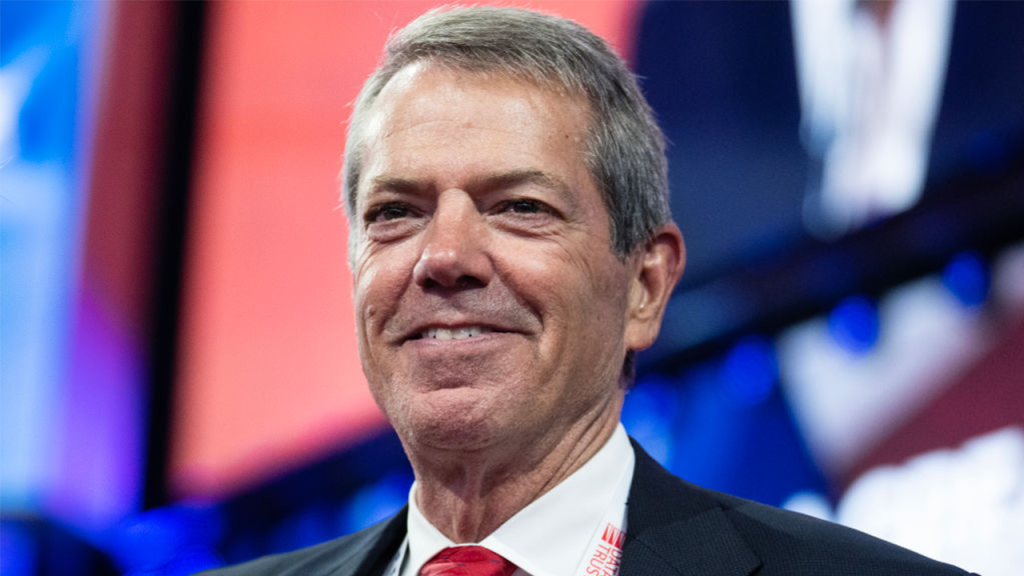Nebraska Governor Jim Pillen’s Equestrian Mishap: A Detailed Account and Contextual Analysis
On a seemingly ordinary Sunday, Nebraska Governor Jim Pillen, a 68-year-old Republican, experienced an unexpected turn of events that landed him in the hospital. While enjoying a horseback riding outing with his family, the governor was thrown from a new horse, sustaining injuries that necessitated immediate medical attention. The incident unfolded swiftly, prompting a rapid response from those present. Pillen was initially taken to Columbus Community Hospital in Columbus, Nebraska, a facility closer to the location of the incident. However, out of an abundance of caution and likely due to the nature of his injuries, the decision was made to transfer him to the University of Nebraska Medical Center in Omaha, a larger facility with more specialized resources.
The news of the governor’s accident quickly spread, raising concerns about his condition and the potential impact on his official duties. Pillen’s office released a statement assuring the public that he was alert and in constant communication with his team. However, the statement refrained from disclosing the specific nature and severity of his injuries, leaving room for speculation and public concern. This lack of detailed information is understandable in the immediate aftermath of such an incident, as medical assessments may still be ongoing and the full extent of the injuries might not be readily apparent.
Pillen’s gubernatorial journey has been relatively recent. He assumed office in 2022, succeeding term-limited Republican Governor Pete Ricketts. Interestingly, the political landscape shifted when Pillen subsequently appointed Ricketts to the U.S. Senate, filling the vacancy left by Ben Sasse, who resigned to become the president of the University of Florida, a position from which he has since stepped down. This series of political transitions underscores the interconnectedness of political appointments and the ripple effects of individual decisions within the political sphere.
Prior to entering the political arena, Pillen’s background was firmly rooted in the agricultural sector. He practiced as a veterinarian and owned a livestock operation, experiences that likely shaped his understanding of Nebraska’s agricultural landscape and its importance to the state’s economy. This background also explains his familiarity with horses and horseback riding, an activity deeply ingrained in rural life. The accident, therefore, serves as a reminder of the inherent risks associated with such pursuits, even for experienced individuals.
The incident involving Governor Pillen highlights the unpredictable nature of life and the potential for unforeseen events to disrupt even the most meticulously planned schedules. While horseback riding is a common pastime, especially in rural communities, it carries inherent risks. Horses, being powerful animals with their own instincts and reactions, can be unpredictable, and even experienced riders can be thrown off balance or injured. This unfortunate incident serves as a reminder of the importance of safety precautions and the need for preparedness in any activity, especially those involving animals.
The governor’s accident also underscores the significance of having a clear line of succession and a capable team in place to manage the affairs of state in the event of an unexpected absence. While the governor’s office has assured the public that Pillen remains in contact with his team, the incident raises questions about the potential impact of a prolonged absence on the state’s governance. It also highlights the importance of transparency and timely communication with the public regarding the governor’s health and his ability to perform his duties. The incident involving Governor Pillen serves as a reminder of the inherent uncertainties of life and the need for robust systems to ensure continuity of governance in times of unexpected disruption.

